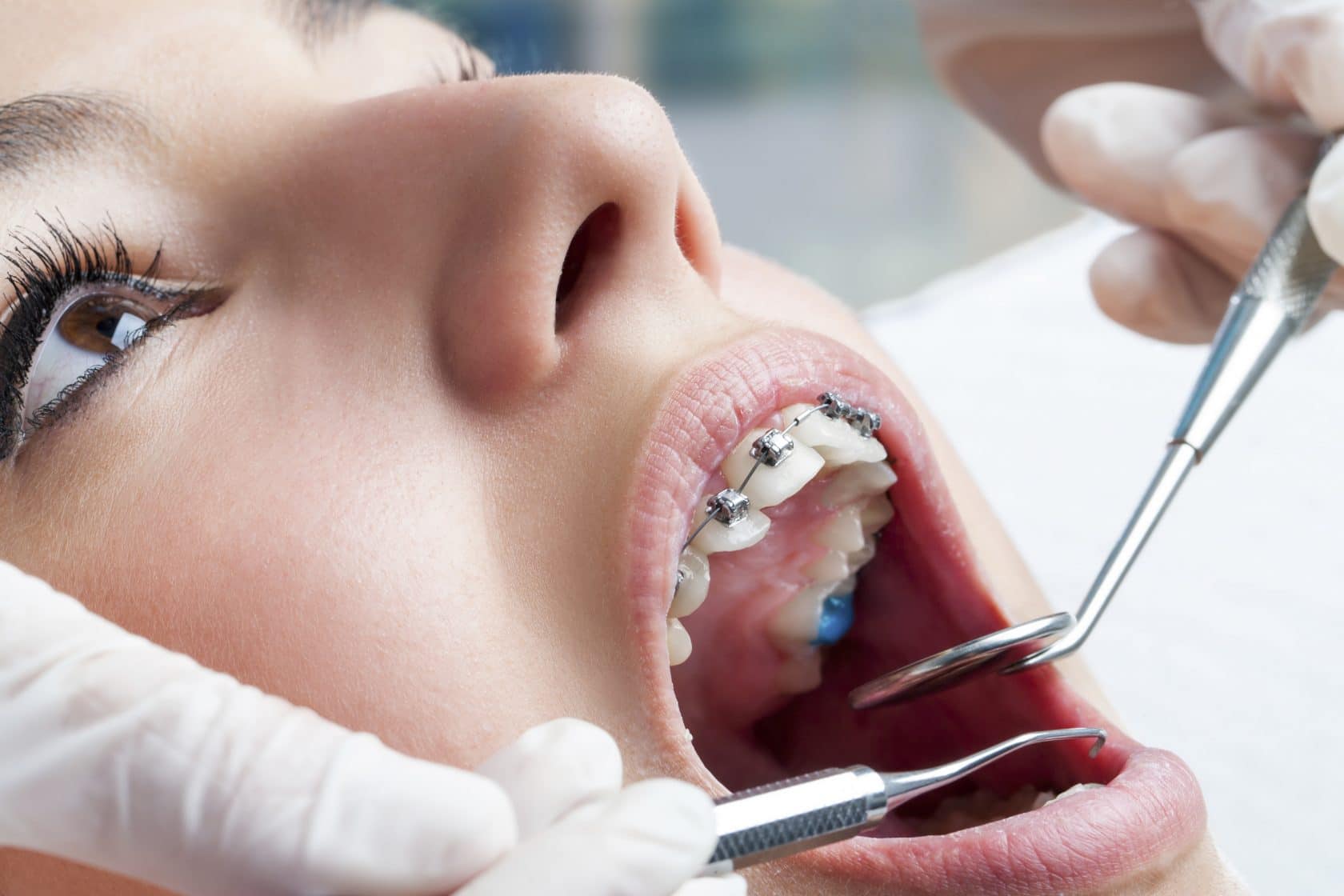What Establishes Cumming Braces and Aligners Aside From Various Other Orthodontic Treatments
What Establishes Cumming Braces and Aligners Aside From Various Other Orthodontic Treatments
Blog Article
Comprehensive Guide to Orthodontics Treatments for Correcting Dental Misalignments
Recognizing the details of each procedure, including their devices, advantages, and possible downsides, is critical in making educated choices concerning one's orthodontic therapy. As we navigate with the detailed guide to orthodontic treatments for correcting dental misalignments, the elaborate details of each approach will unfold, shedding light on the course towards a functional and harmonious dental placement.
Orthodontic Procedures Review

In addition to traditional dental braces and clear aligners, orthodontists may likewise recommend various other interventions like headgear, palatal expanders, or retainers to attend to specific placement issues (cumming aligners). These procedures are tailored per individual's unique requirements and might involve a combination of therapies to accomplish the desired results. Normal adjustments and tracking are crucial parts of orthodontic treatment to ensure progression gets on track and to make any needed modifications along the road. By undertaking orthodontic procedures, clients can not just attain a straighter smile however likewise boost their general dental health and function.
Traditional Dental Braces: Just How They Function
When considering orthodontic therapies for dental imbalances, traditional dental braces stand out as a time-tested technique for correcting teeth placing. Conventional dental braces are composed of brackets, cords, and bands that work together to apply continual pressure on the teeth, slowly relocating them right into the desired placement.
One key element of how conventional dental braces job is the process of bone makeover. As pressure is put on the teeth with the dental braces, the bone bordering the teeth is reshaped to support the brand-new tooth placements. This remodeling is important for the lasting security of the fixed positioning. People will need routine changes at the orthodontist's office to guarantee the dental braces proceed to use the proper pressure for reliable teeth motion.
Unnoticeable Aligners: Disadvantages and pros
Unnoticeable aligners provide a practical and discreet alternative to standard dental braces for dealing with dental imbalances. These clear, customized trays are essentially undetectable when used, making them an attractive choice for individuals looking for a more visually pleasing orthodontic treatment. Among the key benefits of invisible aligners is their removability, permitting simpler upkeep of oral health contrasted to standard braces. Patients can get rid of the aligners prior to eating or cleaning their teeth, lowering the danger of food getting embeded the home appliance and simplifying the cleansing procedure.

Surgical Orthodontic Options
Surgical treatments in orthodontics existing viable options for dealing with complicated dental misalignments that may not be properly resolved through conventional orthodontic treatments. While conventional braces and invisible aligners can remedy numerous orthodontic issues, certain cases call for medical treatment to accomplish ideal results. Surgical orthodontic options are generally recommended for severe malocclusions, considerable jaw inconsistencies, and situations where the underlying bone structure needs alteration to attain appropriate positioning.
One usual medical orthodontic procedure is orthognathic surgical treatment, which involves repositioning the jaws to deal with practical problems such as difficulty chewing or speaking. This surgical procedure is commonly done in partnership with an orthodontist who aids align the teeth prior to and after the procedure. Surgical orthodontics may additionally involve treatments to subject impacted teeth, get rid of excess periodontal cells, or reshape the jawbone to develop a more unified facial profile.
Prior to considering surgical orthodontic options, people go through an extensive analysis to figure out the necessity and prospective advantages of such interventions. braces. While surgical procedure may appear complicated, it can considerably boost both the function dental implant clinic and appearances of the smile web link in situations where conventional orthodontic treatments fail
Retainers and Post-Treatment Care

Post-treatment treatment involves complying with the orthodontist's instructions vigilantly. This may consist of correct dental hygiene methods, attending follow-up appointments, and using the retainers as suggested. Failure to follow post-treatment care directions can cause regression, where the teeth gradually return in the direction of their original positions. Consistent retainer wear, great dental health, and normal oral exams are vital for maintaining the results accomplished with orthodontic surgical procedure and ensuring the long-term stability of the fixed dental alignment.
Final Thought
To conclude, orthodontic treatments supply various options for fixing dental imbalances. Standard braces utilize metal brackets and cables to move teeth right into correct positioning. Undetectable aligners offer an even more very discreet alternative however might not appropriate for all situations. Surgical orthodontic choices are available for extra serious imbalances. Retainers are frequently used post-treatment to preserve the brand-new positioning. In general, orthodontic treatments can effectively boost dental health and visual appearance.
As we browse with the comprehensive overview to orthodontic treatments for dealing with oral misalignments, the detailed details of each technique will certainly unfold, dropping light on the course toward a unified and functional dental positioning. - braces
One of the most usual orthodontic treatments is the use of dental braces, which consist of steel braces and wires that apply mild stress to gradually move teeth right into the desired setting.When taking into consideration orthodontic therapies for dental misalignments, typical braces stand out as why not find out more a time-tested technique for remedying teeth placing. Additionally, unnoticeable aligners might not be ideal for intricate orthodontic issues that require more considerable teeth motion, as they are typically suggested for moderate to modest situations. Retainers are personalized orthodontic devices developed to hold teeth in their remedied settings after the conclusion of orthodontic therapy.
Report this page